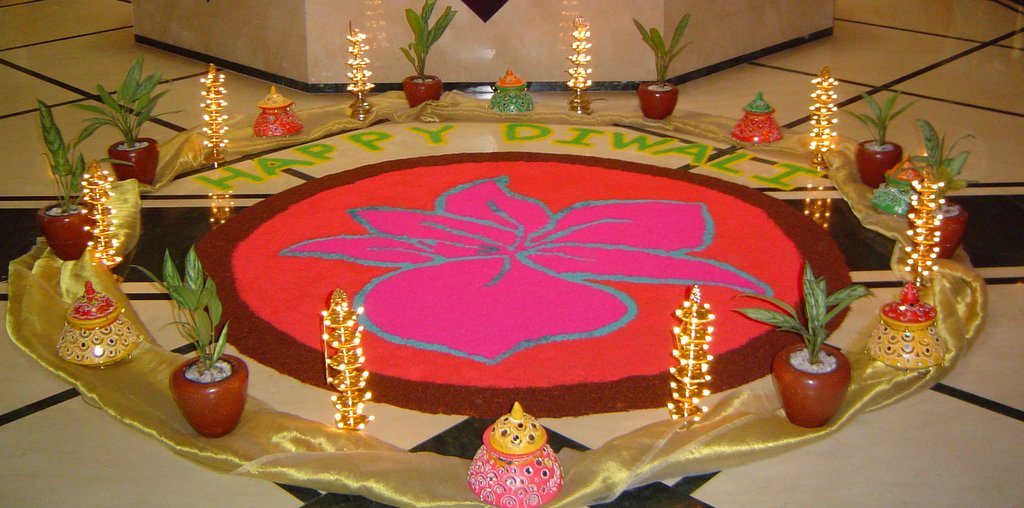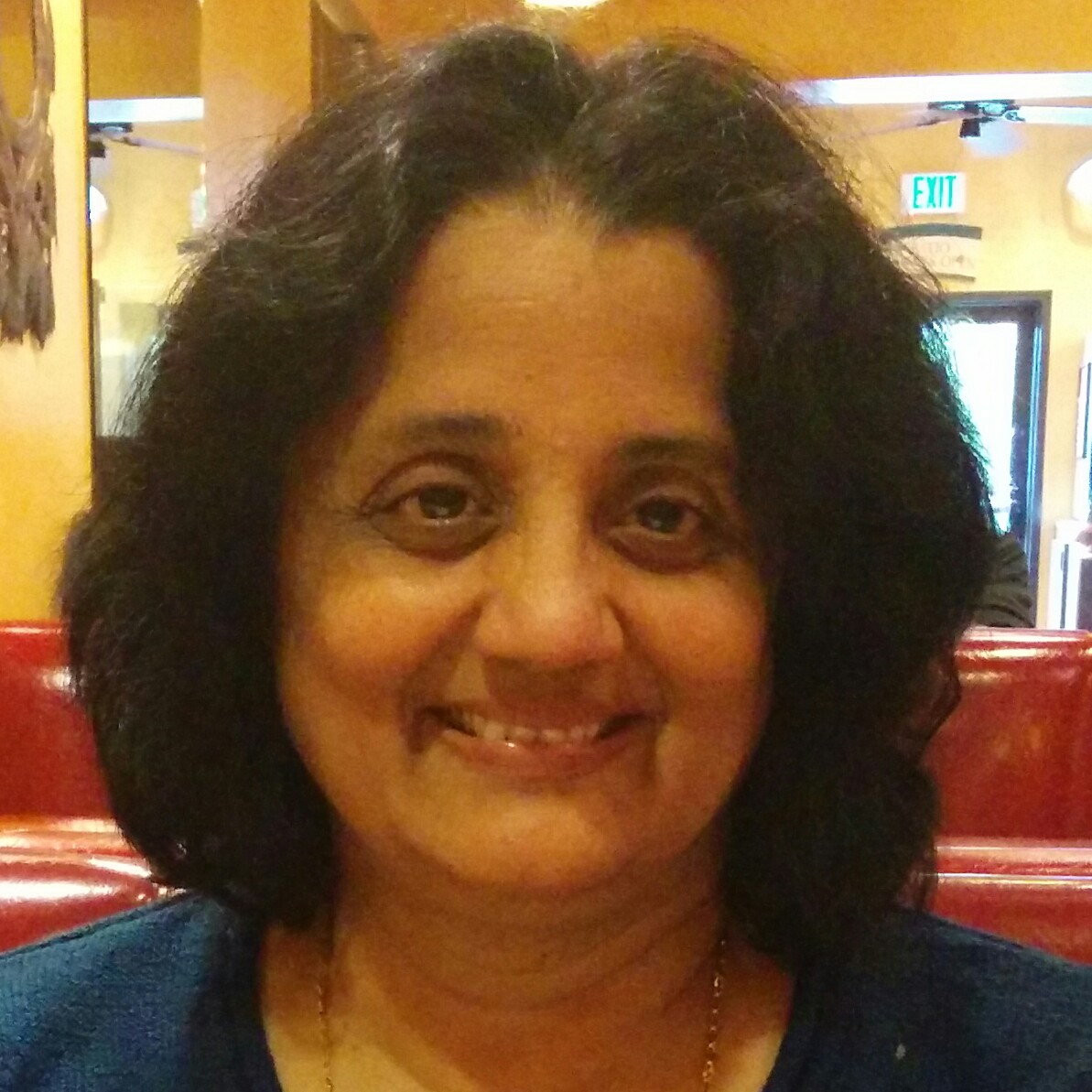Theme Essay by Nandini Pandya
Why Are Americans So Touchy About Religion?

I grew up in Mumbai, the daughter of a culturally Hindu but religiously nonobservant family. I attended a Protestant Christian girls’ school that was founded by Scottish missionaries in the 1830s. It was one of the first girls’ schools established in the city, and by the time I was a student, in the late 1960s, it was still Christian, but with students and teachers from almost every religion practiced in India.
Although most students lived within walking distance of the school, it had a dorm that housed a few students from other Indian states. In the aftermath of the conflict between Tibet and China, the school provided shelter and education to a couple of Tibetan students. Unfamiliar as they were with either English or Marathi (the primary local language and also my mother tongue), they soon became fluent in both.
Custom was that only Christian women could be principals of the school. But the other teachers came from diverse backgrounds. They were Hindus, Parsis, Muslims, and, of course, Christians. There was also one Jewish teacher. The Muslim teacher, Miss Rahim, was the most fashionable one, in her pretty saris and with her light pink lipstick. The tall, slim, young Christian, Miss Telly, wore miniskirts.
The Parsi teachers were elderly and very earnest, and although they wore saris like all the other teachers, theirs were in pastel colors and had pretty lace borders. The Hindu and Christian teachers were virtually indistinguishable. The married Christian teachers even wore the traditional mangalsutra, necklaces of small black beads that signified their married status. The only difference was that the Christian teachers didn’t wear the red dot on their foreheads.
An assembly was held each morning, and during it the entire student body sang hymns (in both English and Marathi), accompanied by piano, from our little green prayer books. When Christmas was near, we sang carols about the birth of Jesus. There was a “Scripture” class each week, taught by one of the Christian teachers. During this class, the students were told stories and parables from the Bible.
My family was not religious, and almost all my fellow students came from similar but more observant middle-class Hindu families. I don’t recall any of the parents expressing concerns about their daughters being taught Christianity. The school was known for the excellent education it provided, and that was all that mattered.
I remember one particular Scripture class when the teacher explained that all religions were different paths to reach God. All paths are equal and equally valid, she said. To my teen self, this was not an especially remarkable assertion. After all, religion was quite secondary to how everyone—teachers and students alike—interacted with one another.
And yet, here I am over forty years later, recalling precisely that remark. I have now lived in the United States for more than three decades and am a naturalized citizen. What started as the curiosity of a traveler and then an expat has morphed into my enthusiastic participation in the rituals of American life—everything from school holiday concerts, office holiday parties, and attending the Nutcracker ballet to Thanksgivings, July 4th potlucks, Mother’s Days, Passover seders, and, yes, Diwali.
But I’ve also noticed that during the Christmas season, the main holiday season in America, greetings that mention Christmas are used sparingly; it’s considered preferable to avoid them in any public milieu or setting that has a mix of Christians and non-Christians. I understand that the concept of freedom of religion and its corollary, separation of church and state, are at the root of this custom. Even so, something is lost in the attempt to make non-Christians feel less marginalized.
If I were living in India and told to avoid “Happy Diwali” in favor of “Happy Holidays” or some such, I would not be happy. To me, freedom of religion means secularism, and secularism means all rather than none.
“Merry Christmas” does not sound particularly religious to me. If it were “Accept Jesus” or “Thank Jesus” or “Pray to Jesus,” my atheist instincts might kick in, but “Merry Christmas” points to the Christian underpinning of the holiday in a positive way—as a tradition that’s part of American history and culture. Whether it’s Diwali or Christmas, not acknowledging the spiritual and cultural roots of such holidays can blur our connection to the people who came before us, who formed and shaped us. Excising religious references is not the only way to make space for diverse traditions.
The differences between the secular public spaces of my childhood and those of my American adulthood came into sharp focus for me a few years ago, when I was the recipient of two very different holiday greetings.
My friend Saira, an Indian Muslim living in Connecticut, called one year to wish me “Happy Diwali.” This is the Hindu festival of lights and has pretty much all the trappings of American Christmas celebrations. Saira talked about how she missed being with her family in India, who all came together for the Diwali vacation even though they weren’t Hindu. I could relate to her missing her family during the holiday, for I missed mine in the same way. I felt touched that she’d thought of me on one of my cultural holidays.
Another year, I appreciated receiving a “Merry Christmas” email message from Madhumita, a Hindu friend in India. I understood the spirit with which she was offering the greeting. She was acknowledging the biggest celebration of the year happening in the place where I live, the place that is now my home.
In wishing me “Happy Diwali” and “Merry Christmas,” both Saira and Madhumita were expressing the same sentiment. They were doing what good friends instinctively do, remembering me and the event in which they knew I’d be immersed at the time. Saira’s words expressed the hope that I’d enjoy the day that’s important to me, while Madhumita’s greeting felt like a sweet reminder to enjoy the parties, decorations, festivities, food, and time off that were part of the celebrations around me.
Just like Diwali to Saira and Christmas to Madhumita, Christmas is not my holiday. And, just like them, it is also not not my holiday.
When my children were in grade school, it was important to them to be just like their peers. To me, it was important that they not feel left out or different. So, we’d put up a Christmas tree, decorate it with ornaments and pretty twinkling lights, and place multiple wrapped presents under it. We made this tradition our own and continued it until the children were in high school and said they no longer felt the need for it.
My religion and culture are not about a specific god or holy book. My practice of religion and spirituality is not undermined when I acknowledge and accept others’ concepts of holiness and spirituality. Each year, as Thanksgiving rolls into Christmas, I’m happy to extend a cheerful “Merry Christmas!” to all my Christian friends—and a cheery “Happy Holidays!” or any other appropriate greeting to all my non-Christian ones. And I offer both to all who, like me, are inclined to accept both.
There is real joy in offering and receiving good will and in coming together despite our differences. If we extend a hand of acceptance to others, over time that very acceptance will become the dominant culture, custom, and tradition. Openness to difference will diminish the power of the difference. Conversely, if we don't do that, we’ll become an ever more divisive and contentious society.
Simple decency is the honey that can win more hearts than the vinegar of political correctness and litigiousness. To me, separation of church and state means not using taxpayer funds/spaces/airwaves to promote or give preference to a particular religion. Freedom of religion means being open to all rather than closed to some.
At the end of October, we had six friends over for dinner, and none of them were Indian. It just so happened that it was Diwali. The dinner had not been planned around the Hindu holiday; indeed, we hadn’t mentioned it at all. Yet, two of them wished us “Happy Diwali,” and one had come dressed in a beautiful Indian-inspired outfit. Their spontaneous greeting made us feel understood, loved, and accepted—whole and at home.
Art Information
- "Diwali Lighting" © Ravikiran Rao; Creative Commons license.
 Nandini Pandya possesses graduate degrees in mathematics and statistics, and works as a data analyst. She started writing about fifteen years ago, and it has become her passion and avocation. She was the cofounder of an online magazine, DesiJournal. Abroad at Home (2009) is an anthology of selected writings from the magazine.
Nandini Pandya possesses graduate degrees in mathematics and statistics, and works as a data analyst. She started writing about fifteen years ago, and it has become her passion and avocation. She was the cofounder of an online magazine, DesiJournal. Abroad at Home (2009) is an anthology of selected writings from the magazine.
Her writing has been published in the New York Times, Slate, Alternet, American Atheneum, and India New England News. Nandini is currently writing the biography of Dr. Anandi-bai Joshee, the first (Asian) Indian woman doctor.
For more information, visit her book blog, To Be Useful.
